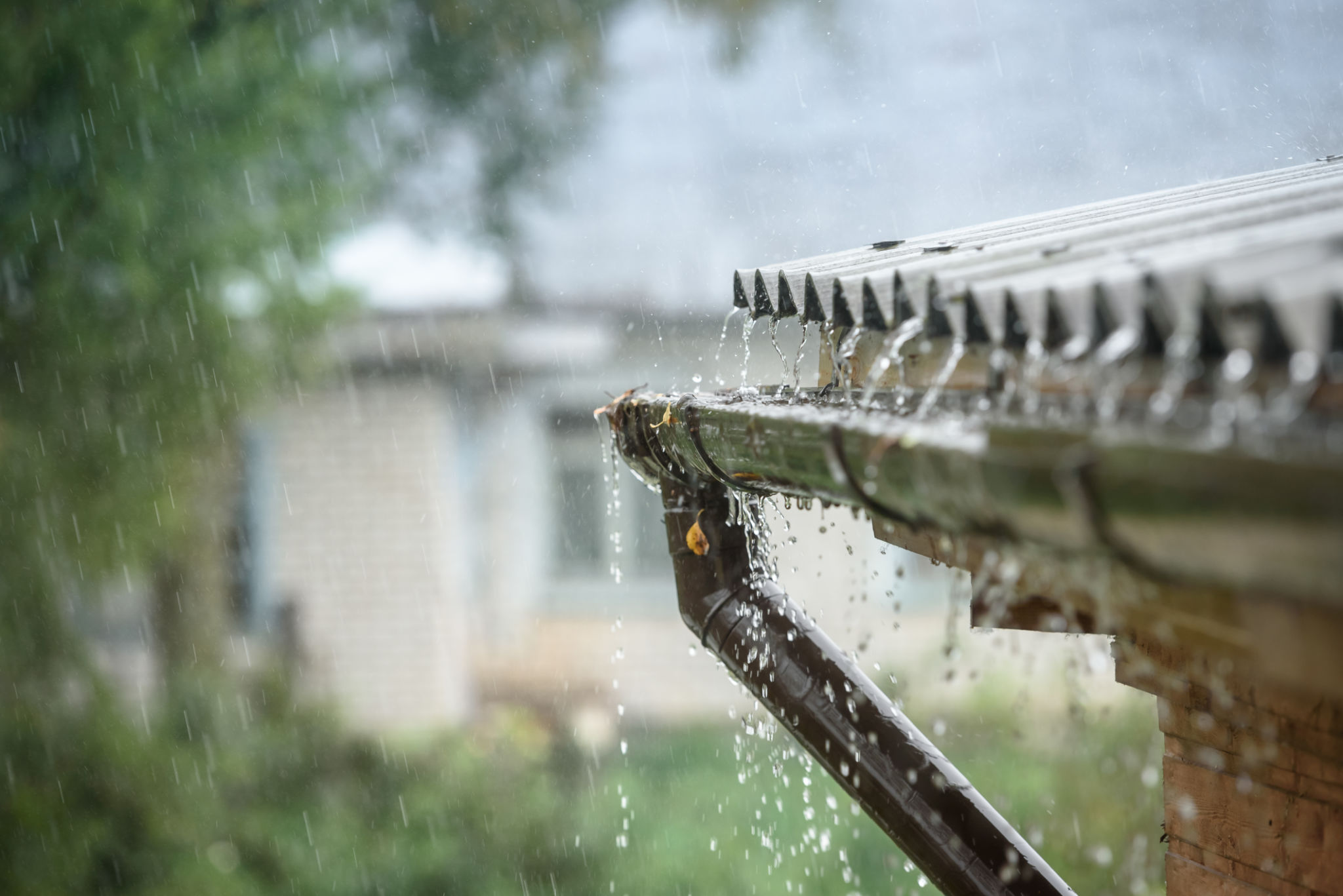Sustainable Home Design Trends in Malaysia: What to Expect
Embracing Sustainable Home Design
As environmental awareness grows, sustainable home design has become a significant trend in Malaysia. Homeowners are increasingly looking for ways to reduce their carbon footprint while still enjoying modern comforts. This movement not only benefits the planet but also enhances the quality of life for residents. From innovative materials to energy-efficient systems, let's explore what sustainable home design trends are emerging in Malaysia.

Green Building Materials
One of the most effective ways to create a sustainable home is by using green building materials. In Malaysia, there's a rising interest in materials such as bamboo, recycled steel, and reclaimed wood. These materials are not only environmentally friendly but also add unique aesthetics to home interiors. Bamboo, for instance, is highly renewable and grows quickly, making it an excellent option for flooring and furniture.
Additionally, homeowners are opting for low-VOC (volatile organic compounds) paints and finishes, which improve indoor air quality. This choice reduces the presence of harmful chemicals in the home and ensures a healthier living environment for families.
Energy-Efficient Technologies
Another key trend in sustainable home design is the integration of energy-efficient technologies. In Malaysia, solar panels are becoming more accessible and are frequently installed to harness the abundant sunlight. Moreover, smart home systems that regulate energy use through automated lighting and heating/cooling adjustments are gaining popularity. These technologies not only lower energy bills but also contribute significantly to reducing overall energy consumption.

Furthermore, LED lighting is a simple yet effective way to enhance energy efficiency in homes. LEDs consume significantly less energy and have a much longer lifespan compared to traditional bulbs, making them a cost-effective choice for homeowners.
Water Conservation Features
Water scarcity is a growing concern in many regions, and incorporating water-saving solutions in home design is crucial. In Malaysia, rainwater harvesting systems are increasingly being installed. These systems collect rainwater for various non-potable uses such as irrigation and flushing toilets, reducing the demand on municipal water supplies.
Low-flow fixtures, such as faucets and showerheads, are also becoming standard in sustainable homes. These fixtures reduce water usage without compromising on performance, making them an excellent addition to any eco-friendly household.

Biophilic Design
The concept of biophilic design is gaining traction in Malaysia's sustainable home design landscape. This approach involves integrating natural elements into the home environment to foster a connection with nature. Features such as vertical gardens, indoor plants, and large windows for natural lighting not only enhance aesthetic appeal but also improve mental well-being.
Biophilic design emphasizes the importance of nature in urban living spaces, providing residents with a sense of tranquility and relaxation amidst city life. This design principle aligns with the broader goals of sustainability by promoting harmony between human habitats and the natural world.
Conclusion: A Greener Future
Malaysia's embrace of sustainable home design reflects a broader commitment to environmental responsibility. As more homeowners adopt these trends, they contribute to a greener and more sustainable future. Whether through the use of eco-friendly materials, energy-efficient technologies, or innovative water conservation strategies, these efforts collectively pave the way for a healthier planet.
By staying informed about these emerging trends, homeowners can make conscious choices that benefit both their living spaces and the environment. The journey towards sustainability is ongoing, and every step taken is a step towards preserving our world for future generations.